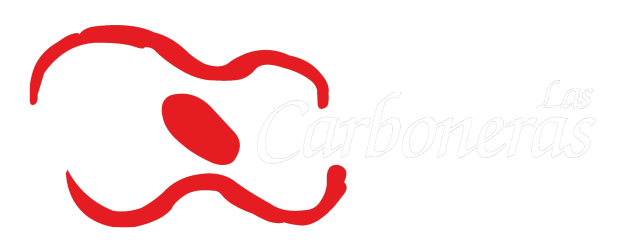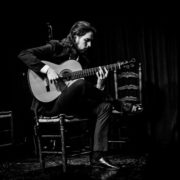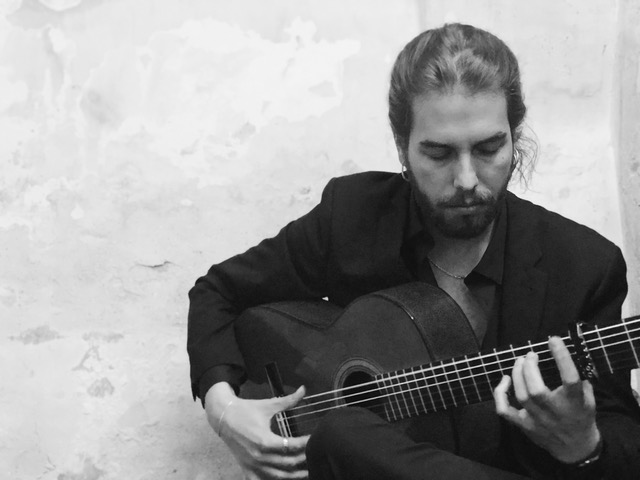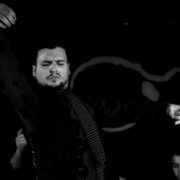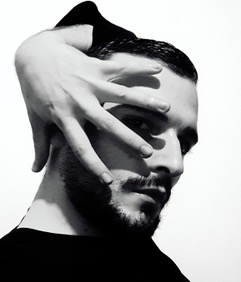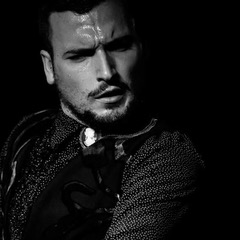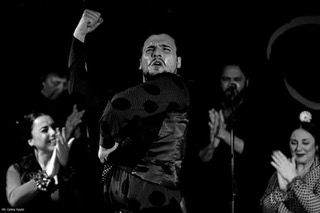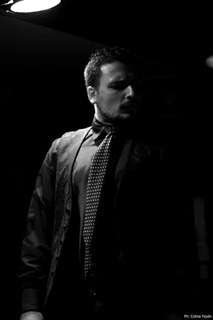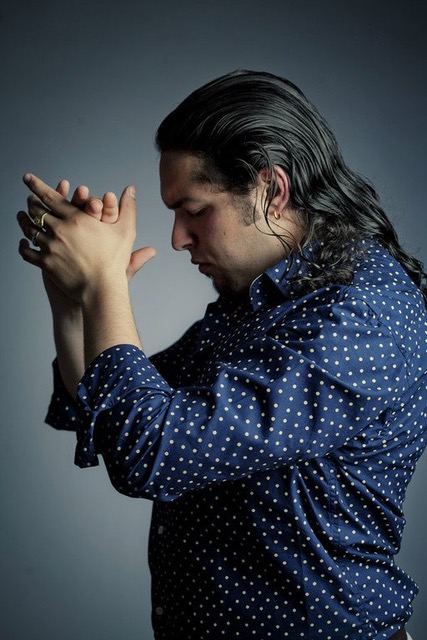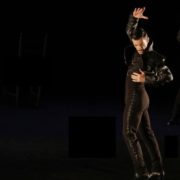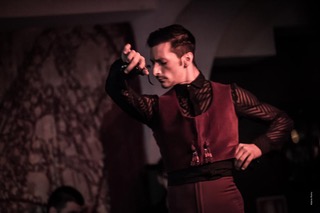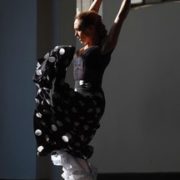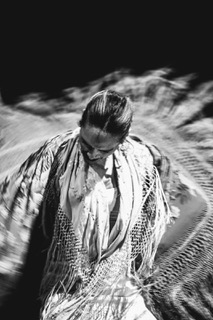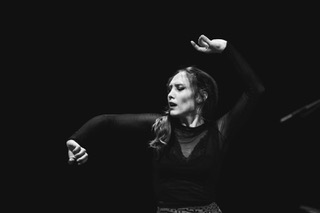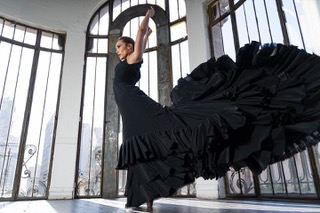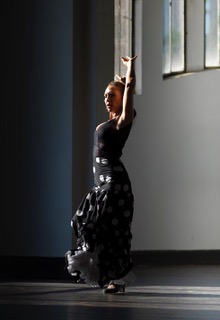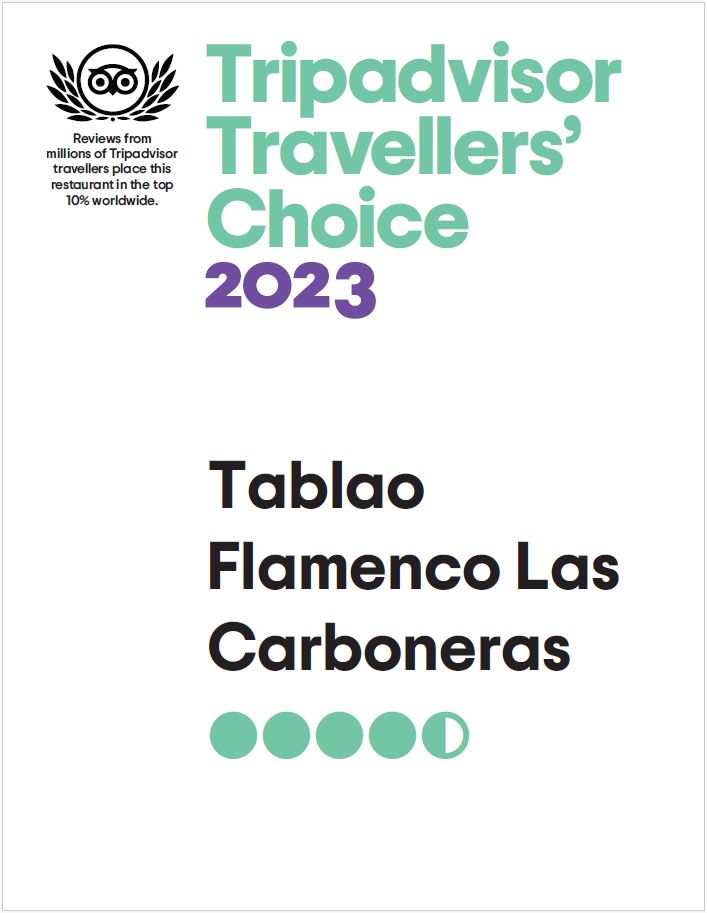Saray García
Saray García was born in Jerez de la Frontera in 1986 where she wakes up in a big early interest in flamenco dance. Being just 7 years old she begins receiving classes with Jerez professor Ana María López. Along with her teacher she enters flamenco group Semilla Flamenca performing in Festival Mont de Marsant (France), Festival Bulería (Jerez), Jerez Flamenco Fridays, etc.

Later she decided to expand her knowledge receiving flamenco dance classes with artists such as Farruco family, Juana Amaya, Rocío Molina, Joselito Romero, among others.
She has grown as an artist in flamenco tablaos as:
– Jerez tablaos: Lagá de Tio Parrilla, La Taberna Flamenca, and Bereber.
– Sevilla tablaos: Los Gallos or El Arenal.
– Tablao in Barcelona: El Cordobés, Los Tarantos, El Carmen.
– Tablaos de Madrid: Las Carboneras, Villa Rosa, Casa Patas.
– Tablao de Japón: Garlochí.

We can stand out her solo performances as:
– Viernes Flamencos in Jerez 2002, 2006 and 2014
– Festival de Jerez 2009 acting in the lounge La Compañía.
– Tours abroad with her own group: France, China, Germany, London, New Mexico, Japan, Belgium.
Prizes received:
– First Prize in III Dance Contest Las Carboneras 2014.
– Second Prize in the National Contest La Perla de Cádiz, 2014.
– En 2019 recibe el premio artista revelación del ciclo De peña en peña del XXIII Festival de Jerez.
Interview Saray García
«My training is based on tablaos»
«From my training I emphasize that, when I had been in dance school for two months, when I was six years old, my teacher took me to a Festival in La Linea de la Concepción. That feeling of getting on stage, contact with the public … It’s something I don’t forget.
»From my professional career I highlight the moment of sharing the stage with artists that I have always followed since I was little.
»And for me dancing in a tablao is one of the most important spaces for an artist. I think every artist should step on the tablaos because it is where they learn the most every day. It is where the truth of flamenco is lived at all times. It is a more intimate space between the artist and the public. I personally owe a lot to tablaos since my training is based on tablaos ».

